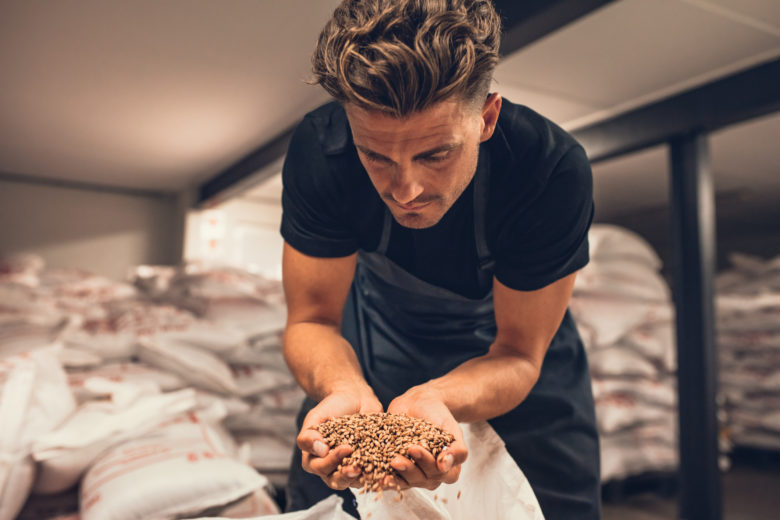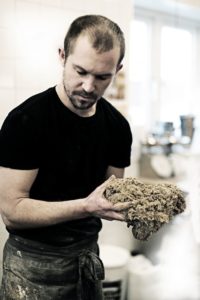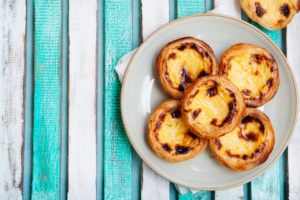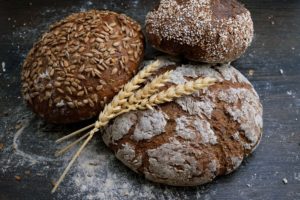It became known as “the Treasure of Ardre”. The year was 1965, and a group from the Swedish agricultural society were out hiking on the island of Gotland, off the Swedish coast. They had reached Kaupungs Gård, the farm of Ragnar Pettersson, a recently deceased and by-all-accounts somewhat eccentric local farmer who had resisted the wave of agricultural modernisation that had gripped the rest of the country, not to mention the world, during recent decades. Pettersson had foregone the move to industrial monocultures of modern wheat in favour of sowing his fields with a diverse mixture of different grains, a decision which quite amused his neighbours. Yet while his methods may have appeared strange, no-one could deny the superior flavour of his bread, and Pettersson insisted that it was the diversity of his grain that was the key.
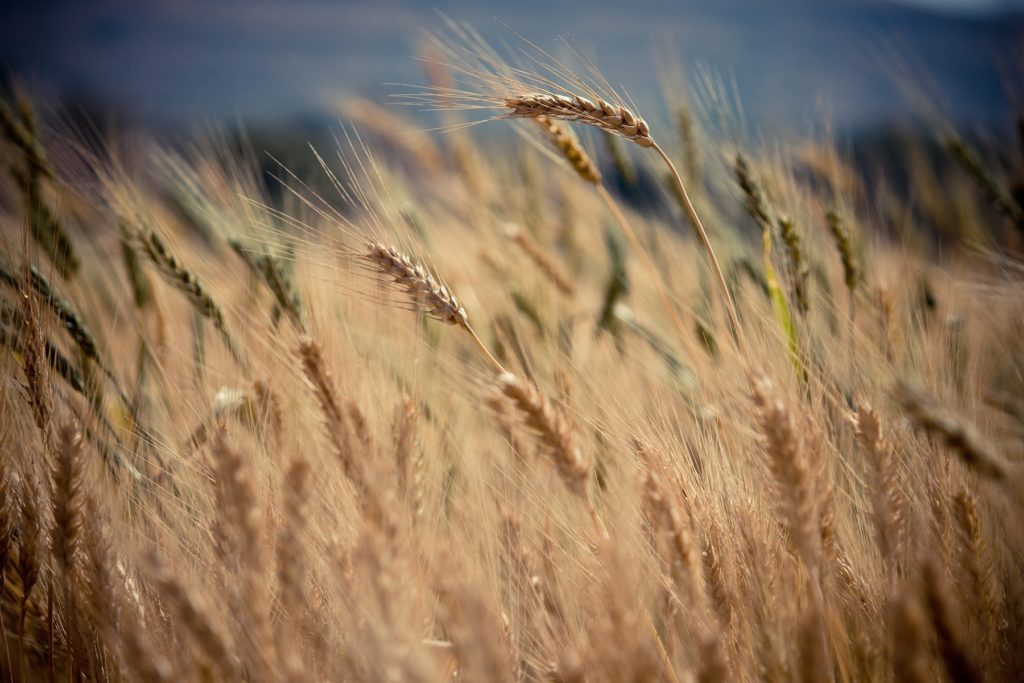
At the farm the hiking group uncovered a chest containing samples of Petersson’s selection of grains, later identified as locally-adapted varieties of, amongst others – Einkorn, Emmer, Spelt and Borstvete – the latter being a variety of wheat considered unique to Gotland. Many of these varieties had previously been considered lost to the region, and, realising the importance of what they had discovered, the group sent the seeds to the Nordic Gene Bank in Svalborg, Norway, for safekeeping.
It makes for great storytelling. But the story might well have ended there if it wasn’t for the concerted efforts of Hans Larsson, a plant breeder at the Swedish University of Agricultural Sciences, who nearly 30 years later took it upon himself to put these samples to use. Larsson had already noted from his work both abroad and on his own organic farm in the south of Sweden that modern varieties of wheat, selected for high inputs of nitrogen fertilisers and pesticides, were no fit for organic production. He set about instead looking for older, healthy varieties that had traditionally been grown in Sweden before the Green Revolution – varieties that were adapted to organic production and which had high resistance to disease and drought, gave good yields in poorer soils and could effectively compete with weeds. What’s more, with their greater straw length and concomitant deeper root system, these varieties are more nutritionally dense than their modern alternatives.
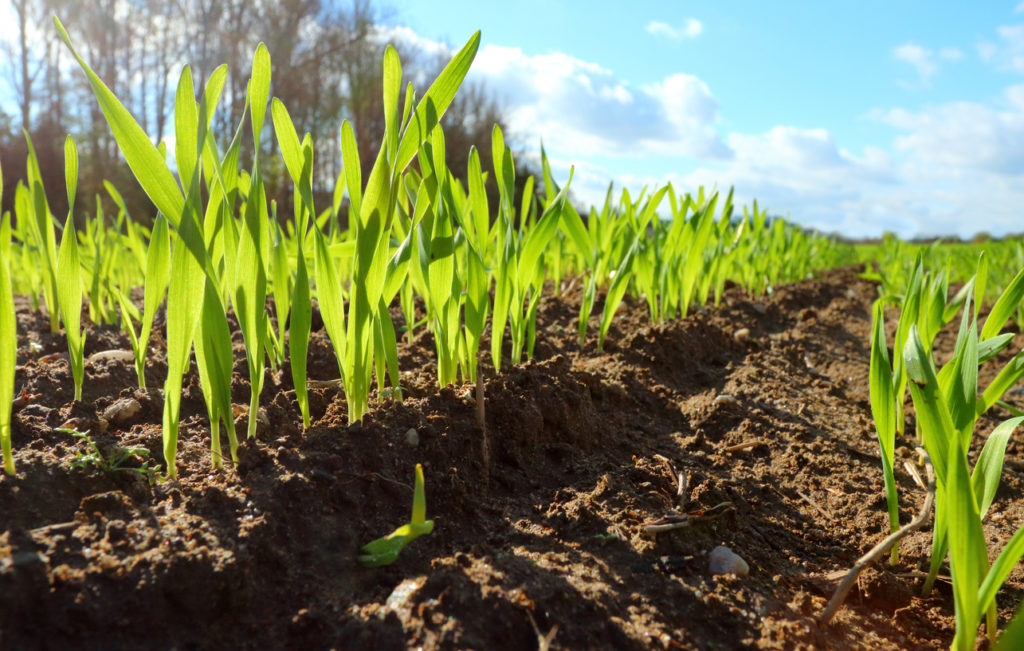
Throughout the 1990s Larsson experimented with a myriad of different varieties, selecting those which he considered best and, with the help of other farmers, multiplying the numbers of the small samples which he had received from the gene bank, in what he describes as a form of ‘participatory plant breeding’. Larsson’s belief is that we should actually use the genetic diversity that we find in nature, not just protect it, and in 2004 the non-profit organisation Allkorn was founded to promote an active use and development of these heritage grain varieties in Sweden.
I first became involved with Allkorn while training as a baker in 2015, combining as it does my interests in bread, sustainable agriculture and biodiversity. Later that year I was lucky enough to visit the farm of Andrew Whitley and Veronica Burke in Scotland, on a cross-cultural mission to link the work of Allkorn with that of their own, similar project, Scotland The Bread. I have also attended two instances of the Nordic Heritage Cereal Conference, first in Norway and secondly on Gotland, an event which acts as a meeting place for breeders, researchers, farmers, millers and bakers, all interested in playing a part in the promotion and utilisation of heritage grain varieties in their own professions.
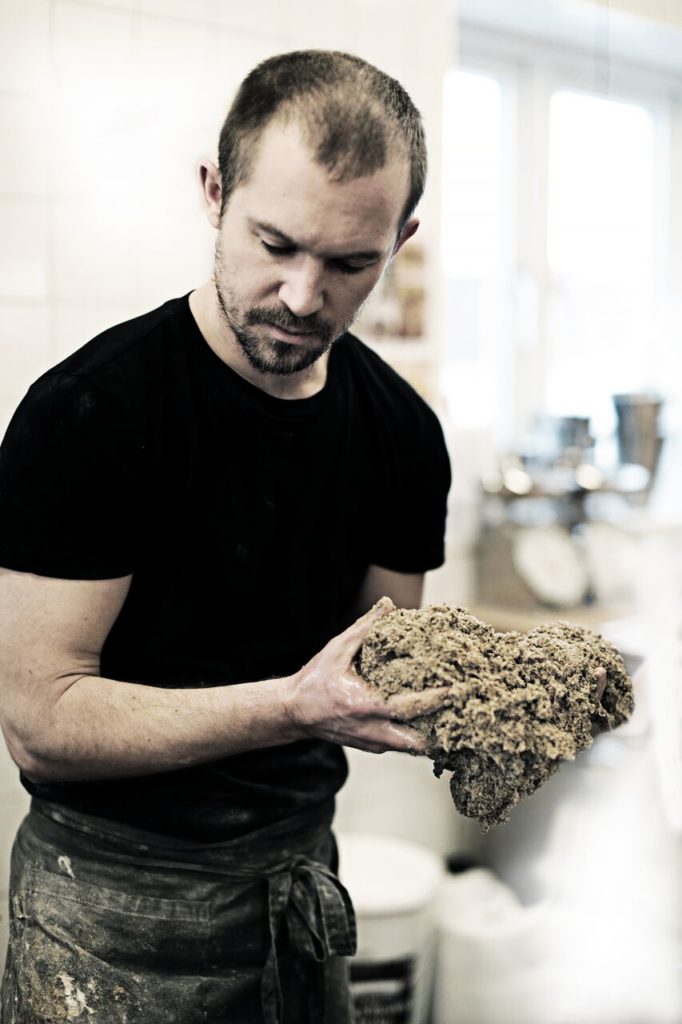
Today another cooperative organisation, Gutekorn, has been set up on Gotland to promote the interests of those members involved in growing and milling the very varieties found on Ragnar Petersson’s farm over half a century ago. A similar cooperative, Wästgöterna, has like-minded goals in the county of Västergötland. The combined efforts of all players has led to a much broader selection of flour being available today, with a number of local Swedish varieties having been successfully marketed both to bakeries and home bakers. Dala Lantvete and Ölands Lantvete are two varieties of wheat from the region of Dalarna and the island of Öland, respectively, which are particularly renowned for their great baking qualities.
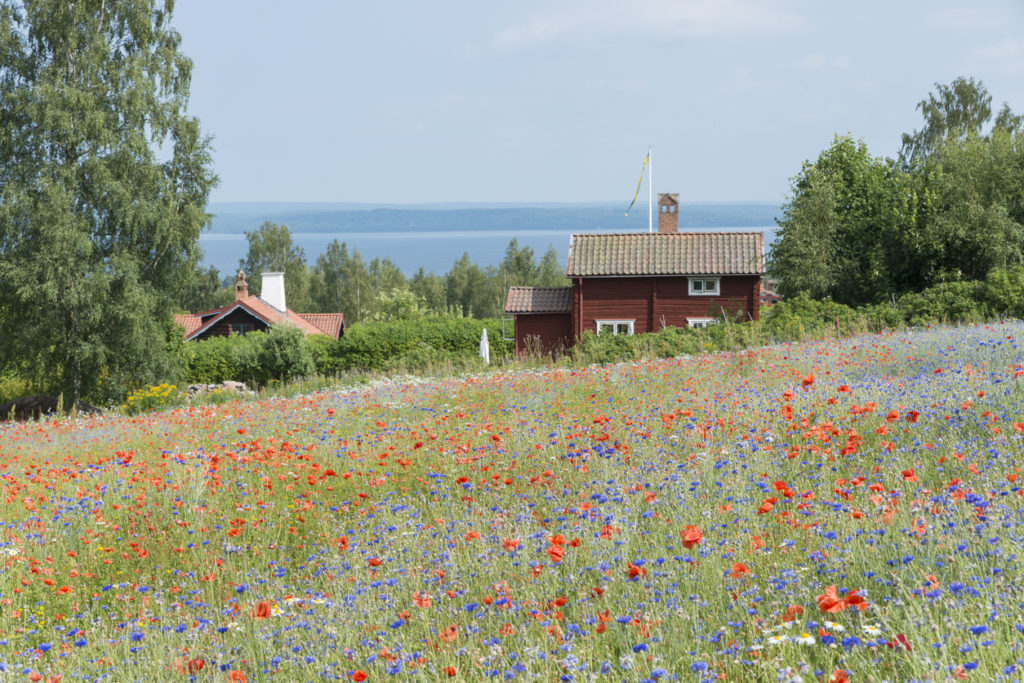
For my part, as well as trying to use heritage grain varieties in my baking as much as possible, I try to educate people about how our cultural and genetic heritage go hand-in-hand. Hans Larsson is a promoter of ‘evolutionary varieties’ – a diverse selection of grain that is sown, harvested and saved on the same farm over many years, and which adapts to its own particular climate and soil. As such it evolves with the farm, and with their greater genetic diversity such selections are far more adaptable to changes in climate and growing conditions when compared to modern strains. It demonstrates the importance of the cultural knowledge of the farmer in growing the grain, in a co-evolutionary relationship with the crop and the environment.
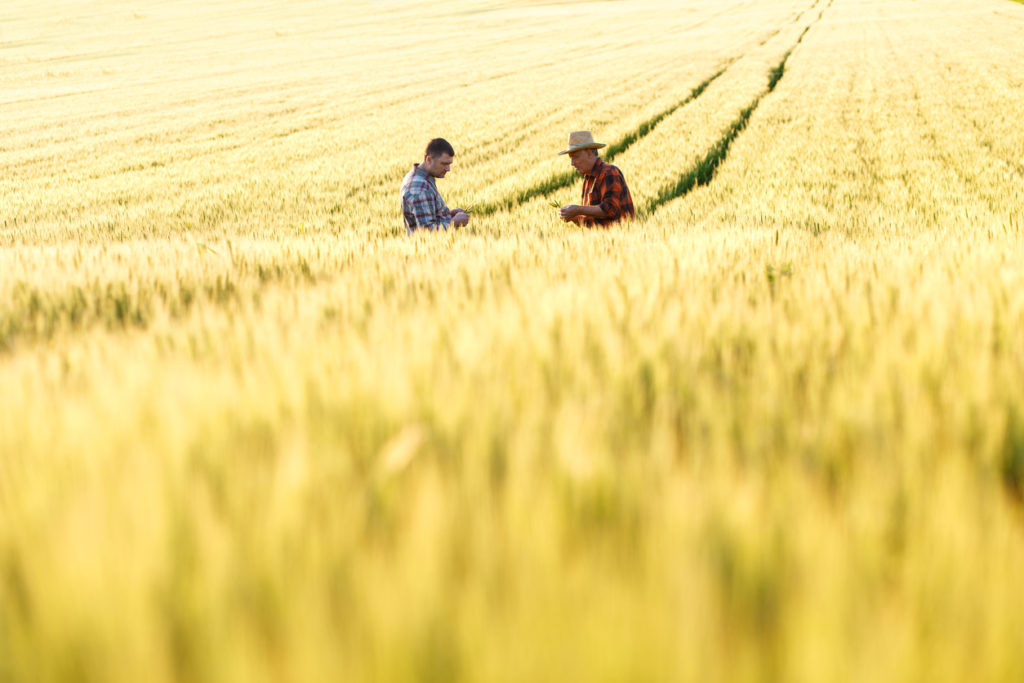
Gene banks, therefore, are undoubtedly an extremely important part of a holistic strategy of genetic conservation, but they are only a single part. They are an important store of genetic material, and provide a secure ‘backup’, should the unthinkable occur, but this material needs to be constantly grown on and replenished, and done so by people the world over, not simply by multinational companies or organisations.
Through my own experiences with Allkorn, and with the bread and baking culture both here in Sweden and globally, I have come to realise that the connection does not end there however. Preserving and putting this genetic diversity to use involves a whole chain from farmer to consumer, requiring the cultural knowledge and experience of growing, milling, and baking with them, not to mention a food culture which recognises their importance and creates a demand for their flavours, textures and aromas.
We all have a role to play in protecting our genetic and cultural diversity, and one doesn’t have to look far to realise the impact that bread and grain has had upon our civilisation throughout its history, woven as it is into our stories, our religions and our politics. We need to start telling our own stories about these grains, about local food and the way that it entwines with, while at the same time provides the foundation for, our very civilisation.
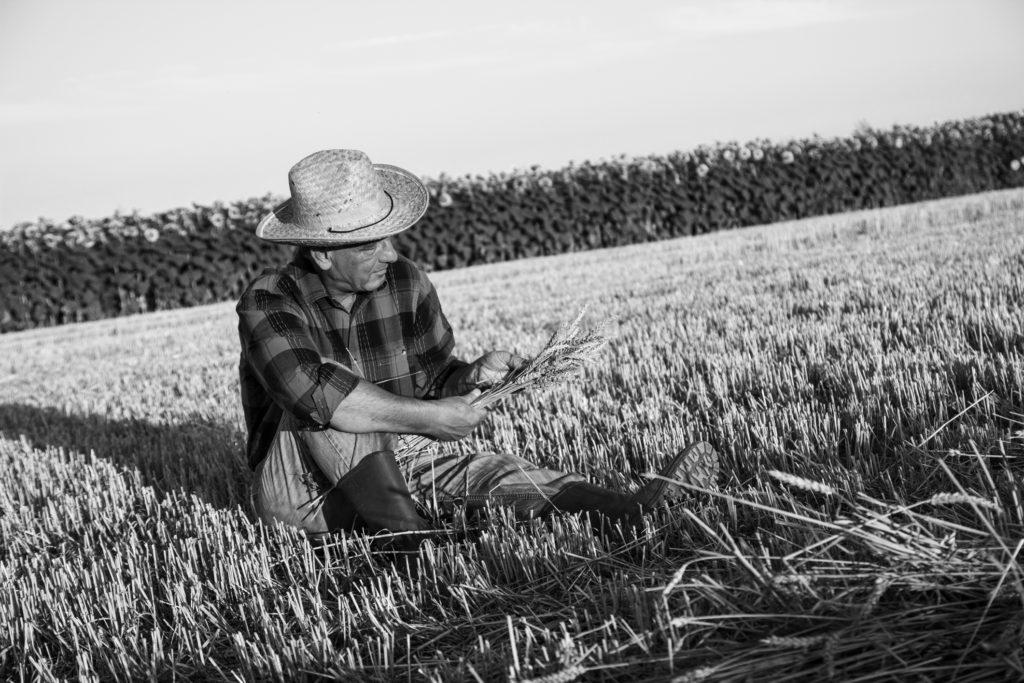
In his determination to develop sustainable methods of cereal production in Sweden, Hans Larsson has gone against the grain for some time, fighting against the much stronger forces of industrial agriculture that dominate the research environment in Sweden as they do elsewhere. Speaking with another researcher at The Swedish University of Agricultural Sciences in Uppsala during a recent meeting of Allkorn, I am told however that there seems to be a new generation coming through that are shaking things up. The old guard, gradually leaving their posts through retirement, are making way for a new group of environmentally conscious researchers who are finally giving these older varieties the attention they deserve.
There are positive signs all over, and I feel proud to be part of a growing movement seeking to defend our seed sovereignty and make us all less dependent upon seed distributors, pesticide and fertiliser companies, and the unsustainable agricultural practices that they promote. With our combined efforts many of these heritage varieties may help us not just to eat tastier and more nutritious bread, but to meet the challenges we all face in the coming century.
